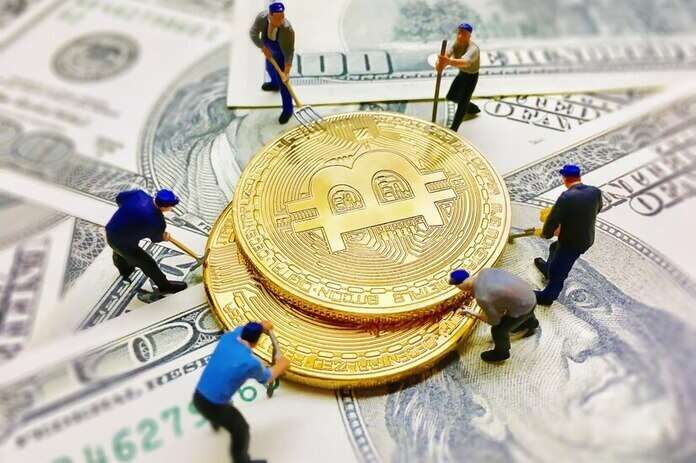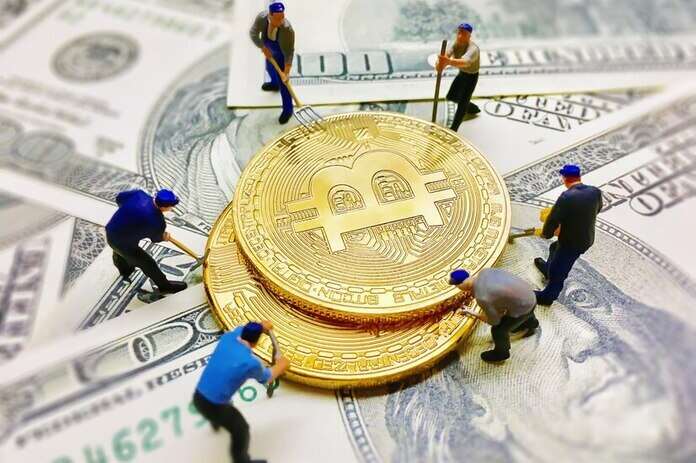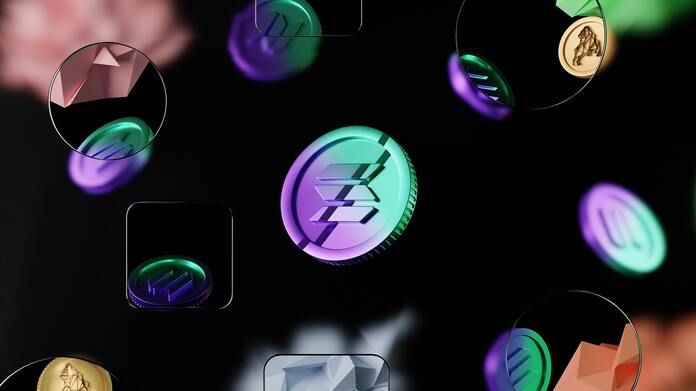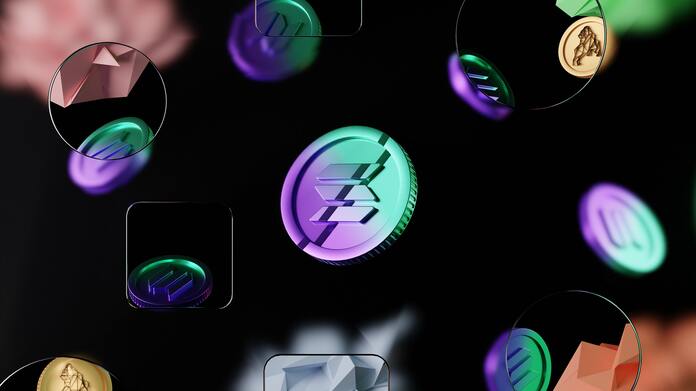Bitcoin Cash Completes Halving, Price Peaks to 2021 High
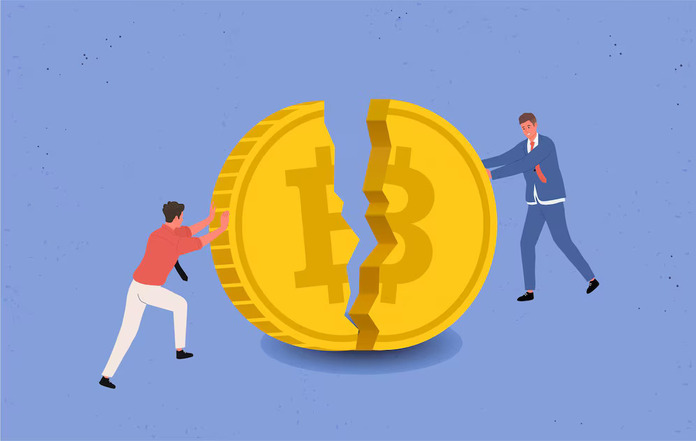
Bitcoin Cash witnessed a significant surge, jumping over 10% in value after the completion of its blockchain’s halving process. The digital currency has been steadily climbing since the beginning of the year, with a notable 23% increase over the past week and an impressive 43% surge in the last month, as reported by CryptoSlate.
At the time of reporting, BCH was trading at $673, marking its highest level since May 2021. Market analysts attribute this surge to various factors, including the recent halving event and the prevailing bullish market sentiment.
Bitcoin Cash Halving
Bitcoin Cash, a proof-of-work blockchain network that forked from Bitcoin in 2017, aims to facilitate faster and cheaper transactions but has seen limited adoption in the crypto community. The recent halving, occurring at block height 840,000, reduced miner rewards from 6.25 BCH to 3.125 BCH per block.
Following the halving, Bitcoin Unlimited data indicates that the network has confirmed 840,017 blocks, with approximately 17 blocks validated since the event. Moreover, OKLink data shows a spike in BCH’s network mining difficulty to its highest level since 2019 at 761,589.2, while miner rewards have decreased from an average of 0.0003 to 0.00017 at the time of reporting.
Potential Implications for Bitcoin
Market experts view Bitcoin Cash’s halving as a potential precursor to Bitcoin’s upcoming halving, scheduled for April 20. During this event, Bitcoin’s miner block rewards will be halved from 6.25 BTC to 3.125 BTC.
Notably, industry players such as asset management firm Grayscale and Hut 8 Mining CEO Asher Genoot have highlighted the significant impact this upcoming halving event may have on the broader cryptocurrency landscape.
Featured Image: Freepik



